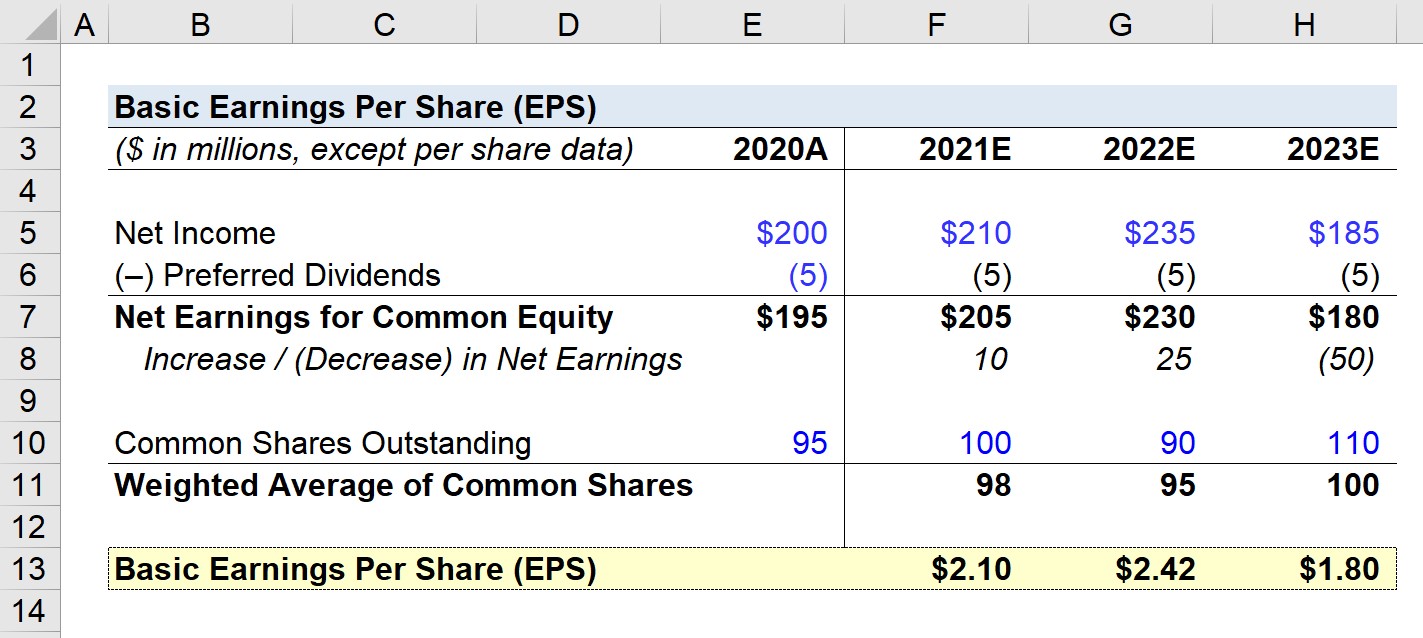

Finance
Hollowing Out Definition
Published: December 5, 2023
Discover the meaning of hollowing out in finance and its impact on industries and economies. Explore the definition, causes, and potential solutions for this phenomenon.
(Many of the links in this article redirect to a specific reviewed product. Your purchase of these products through affiliate links helps to generate commission for LiveWell, at no extra cost. Learn more)
The Art of Hollowing Out: A Closer Look at this Financial Concept
Finance is a vast field with various intricate concepts, one of which is hollowing out. But what exactly does hollowing out mean in the context of finance? Let’s dive deeper into this concept and unravel its true meaning.
Key Takeaways:
- Hollowing out refers to the process of reducing or depleting the core components or essential elements of a company or an industry.
- This financial concept can lead to a decline in productivity, loss of competitiveness, and potential long-term consequences for both businesses and economies.
In simple terms, hollowing out in finance refers to the gradual reduction or depletion of the fundamental elements that drive the growth and success of a company or an industry. It can occur due to various reasons, including changes in market conditions, technological advancements, or shifts in consumer preferences. As a consequence, the affected entity may be left with a weakened infrastructure, diminished resources, and a less competitive position in the market.
Hollowing out can have several significant impacts on businesses, economies, and society as a whole. Here are a few key points to consider:
1. Decline in productivity:
When an organization experiences hollowing out, it often leads to a decline in productivity. Due to the reduction in essential resources or capabilities, the company may struggle to operate at its full potential, resulting in a slower rate of production and overall efficiency.
2. Loss of competitiveness:
Hollowing out can also lead to a loss of competitiveness for businesses. As core components are depleted, companies may find it challenging to keep up with their competitors who have invested in sustaining their resources and capabilities. This can ultimately impact market share, customer loyalty, and the ability to attract new customers.
To mitigate the risks associated with hollowing out, businesses need to be proactive in adapting to changes in the market and investing in their core elements. Here are a few strategies that companies can implement:
Strategies for Mitigating Hollowing Out:
- Invest in innovation and technology: Embracing technological advancements can help businesses stay relevant and competitive in an evolving market. By investing in research and development, companies can safeguard against obsolescence and maintain a strong position in their industry.
- Foster a culture of continuous learning: Encouraging employees to develop new skills and knowledge can enhance their ability to adapt to changing circumstances. Offering training programs, promoting cross-functional collaboration, and fostering a culture of innovation can help fortify the company’s resilience against hollowing out.
- Diversify revenue streams: Relying heavily on a single product or service can make a business vulnerable to hollowing out. By diversifying their revenue streams, companies can spread their risks and ensure a more sustainable future, even if one aspect of their business faces challenges.
In conclusion, hollowing out is a critical concept in finance that highlights the gradual depletion of essential components within organizations or industries. Recognizing the signs of hollowing out and implementing proactive measures can help businesses thrive in an ever-changing economic landscape. By investing in innovation, fostering a culture of continuous learning, and diversifying revenue streams, companies can mitigate the risks associated with hollowing out and position themselves for long-term success.














